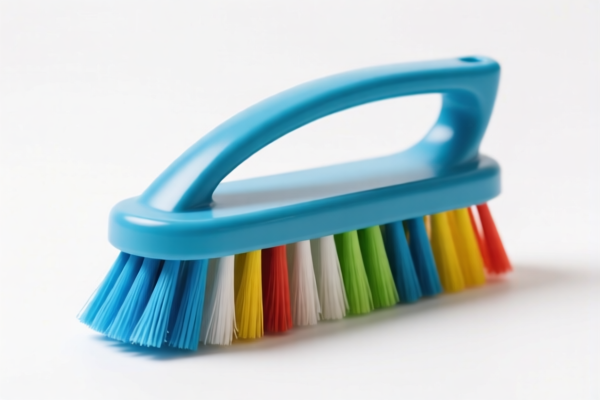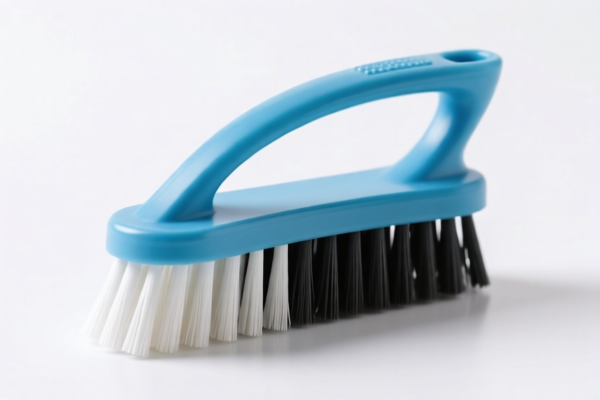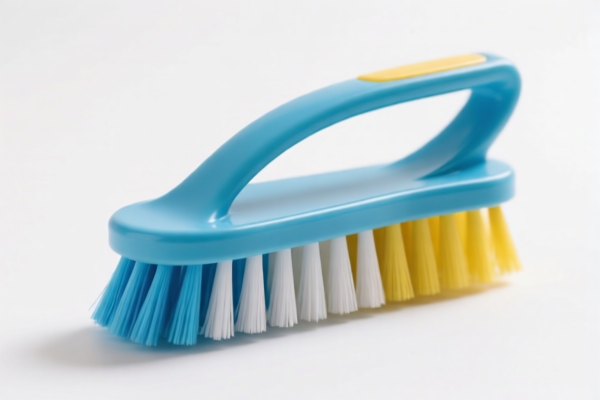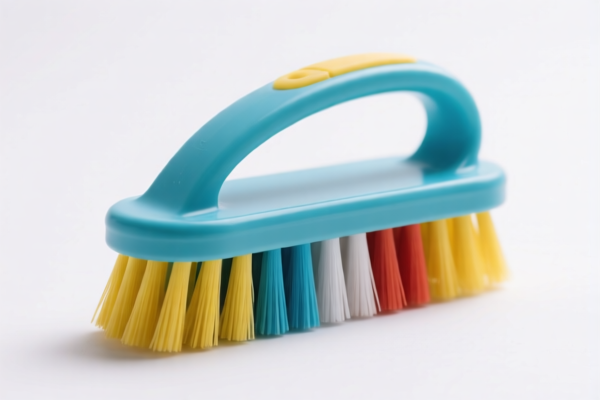| HS Code | Official Doc | Tariff Rate | Origin | Destination | Effective Date |
|---|---|---|---|---|---|
| 8205513060 | Doc | 58.7% | CN | US | 2025-05-12 |
| 8205595560 | Doc | 60.3% | CN | US | 2025-05-12 |
| 8206000000 | Doc | The rate of duty applicable to that article in the set subject t+30.0% | CN | US | 2025-05-12 |
| 8214909000 | Doc | 1.4¢ each + 3.2%+30.0% | CN | US | 2025-05-12 |
| 9603100500 | Doc | 38.0% | CN | US | 2025-05-12 |
| 9603908050 | Doc | 65.3% | CN | US | 2025-05-12 |
| 3926904800 | Doc | 33.4% | CN | US | 2025-05-12 |
| 3926909910 | Doc | 42.8% | CN | US | 2025-05-12 |
| 3916903000 | Doc | 61.5% | CN | US | 2025-05-12 |




Dust Removal Brush
A dust removal brush is a cleaning tool designed for dislodging and collecting dust, debris, and particulate matter from various surfaces. These brushes come in a wide array of designs tailored for specific applications and materials.
Material:
- Bristles: Common bristle materials include:
- Natural Bristles: Traditionally made from animal hair (hog, boar, etc.). Softer and suitable for delicate surfaces, but less durable.
- Synthetic Bristles: Typically nylon or polypropylene. More durable, resistant to chemicals, and often preferred for general cleaning.
- Carbon Fiber Bristles: Offer excellent conductivity, often used in cleaning electronics to prevent static discharge.
- Metal Bristles: (Brass, stainless steel) Used for heavy-duty cleaning and removing stubborn residue, but can scratch surfaces.
- Handle: Materials vary widely, including:
- Wood: Traditional, often with ergonomic designs.
- Plastic: Lightweight, durable, and often molded for comfort.
- Metal: Provides strength and stability, common in larger brushes.
Purpose:
The primary purpose is to remove dust without causing damage to the surface being cleaned. They are used in a variety of cleaning and maintenance tasks.
Function:
Dust removal brushes function through mechanical action. The bristles agitate the dust, loosening it from the surface, while the brush shape and size allow for targeted cleaning. Some brushes incorporate features like static charge generation to attract dust.
Usage Scenarios:
- Household Cleaning: Removing dust from furniture, floors, upholstery, and hard-to-reach areas.
- Electronics Maintenance: Cleaning computer components, keyboards, and other sensitive electronic devices. (Often using specialized anti-static brushes)
- Automotive Detailing: Removing dust from car interiors, dashboards, and vents.
- Art and Craft: Removing eraser shavings, debris, and dust from artwork and crafting surfaces.
- Industrial Cleaning: Removing dust and particulate matter from machinery, equipment, and work surfaces.
- Archaeology: Gently removing dust and dirt from artifacts.
Common Types:
- Detailing Brushes: Small, with soft bristles, for precise cleaning in tight spaces.
- Long-Handled Brushes: For reaching high or low areas without bending or stooping.
- Anti-Static Brushes: Designed for electronics, with bristles that dissipate static electricity.
- Chip Brushes: Inexpensive, disposable brushes often used for painting and light cleaning.
- Wheel Brushes: Cylindrical brushes used with power tools for cleaning wheels and tires.
- Vacuum Brush Attachments: Brushes designed to be attached to vacuum cleaners for enhanced dust removal.
- Paint Brushes (used for dusting): High-quality paint brushes with soft bristles can be used for delicate dusting tasks.
- Horsehair Brushes: Soft, natural bristle brushes often used for delicate surfaces and antiques.
Dust removal brushes fall under several potential classifications based on their material and specific characteristics. Here are the relevant HS codes from the provided reference material:
-
9603100500: This code covers Brooms and brushes, consisting of twigs or other vegetable materials bound together, with or without handles; Whiskbrooms, wholly or in part of broom corn; Valued not over 96¢ each; In any calendar year prior to the entry, or withdrawal from warehouse for comsumption, of 61,655 dozen whiskbrooms classifiable under subheadings 9603.10.05 to 9603.10.35, inclusive. This applies specifically to whiskbrooms made of vegetable materials and valued under 96 cents.
- 96: Chapter 96 covers miscellaneous manufactured articles.
- 03: Heading 9603 covers brooms, brushes, and similar articles.
- 10.05: Subheading 9603.10.05 specifies whiskbrooms made of broom corn, with a value restriction.
-
9603908050: This code covers Brooms, brushes (including brushes constituting parts of machines, appliances or vehicles), hand-operated mechanical floor sweepers, not motorized, mops and feather dusters; prepared knots and tufts for broom or brush making; paint pads and rollers; squeegees (other than roller squeegees); Other; Other. This is a broader category for brushes not specifically covered elsewhere, including those made of materials other than vegetable materials.
- 96: Chapter 96 covers miscellaneous manufactured articles.
- 03: Heading 9603 covers brooms, brushes, and similar articles.
- 90: Subheading 9603.90 covers other brushes.
- 80: Subheading 9603.90.80 covers other brushes.
According to the provided reference material, the HS code options related to 'dust removal brush' are limited, with only the following 2 found.
Regarding HS code 9603908050, please note that it covers a wide range of brushes. The specific material composition of the dust removal brush will be important for accurate classification. If the brush is part of a machine or appliance, this code also applies.
Customer Reviews
No reviews yet.